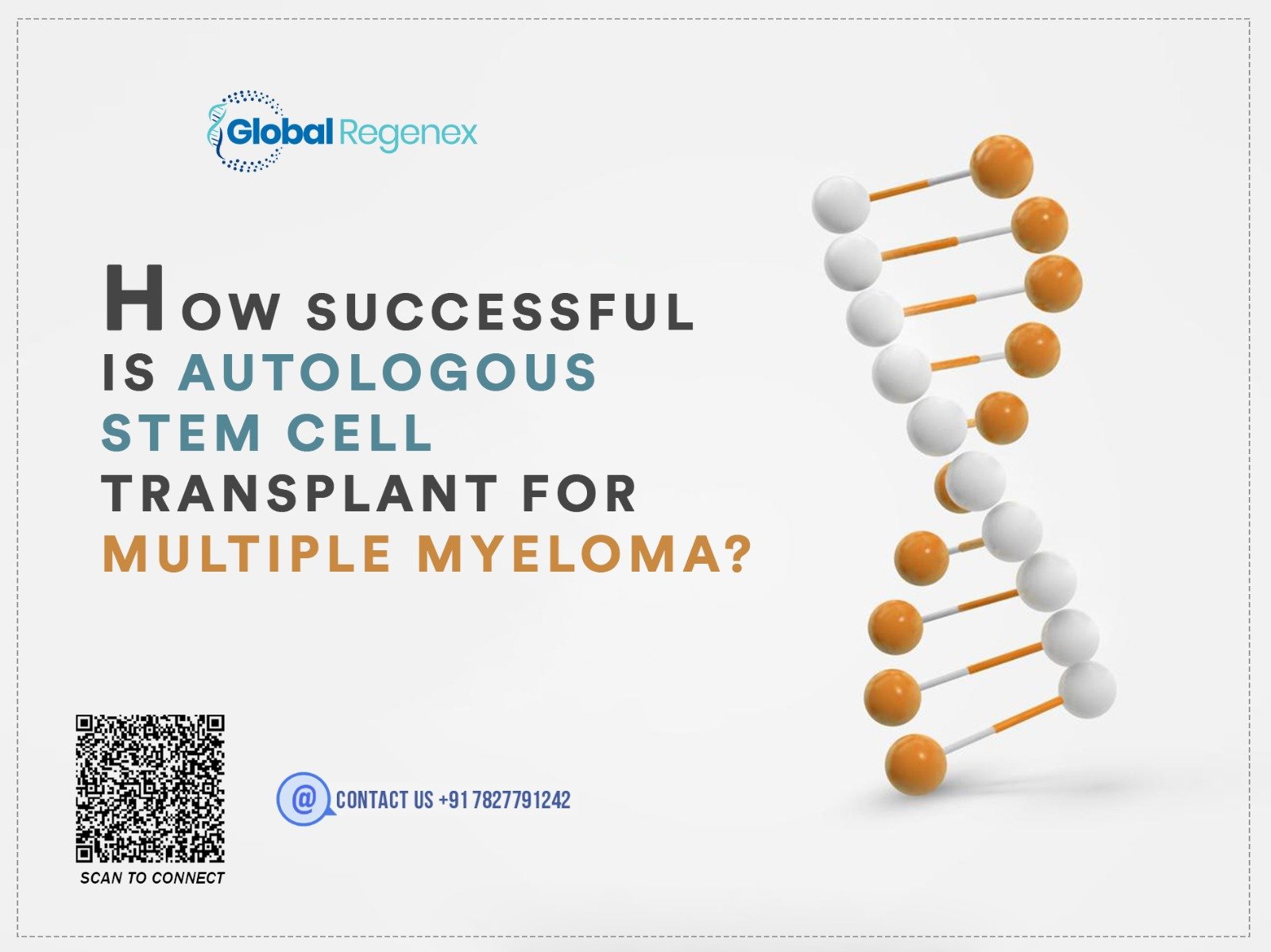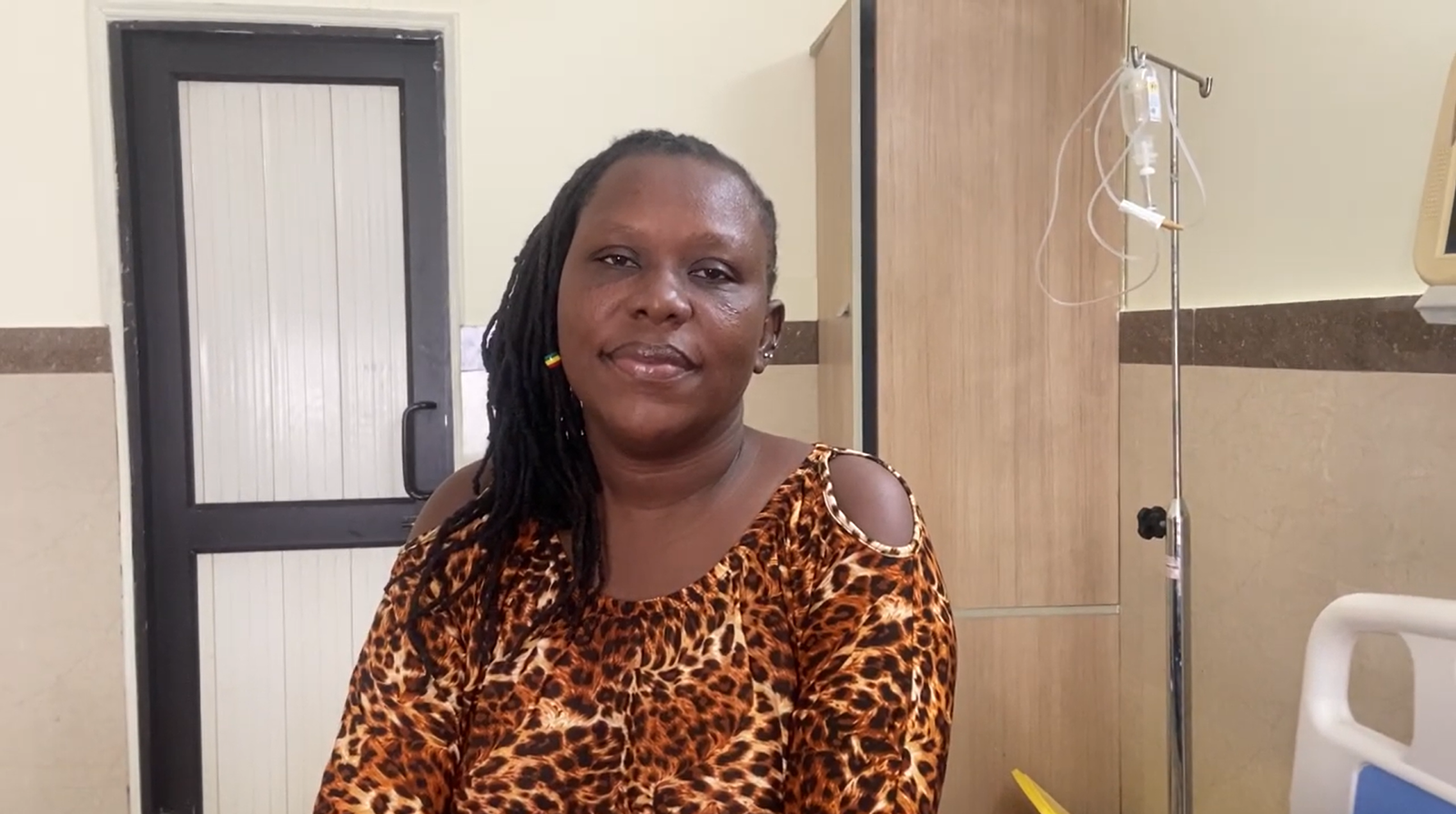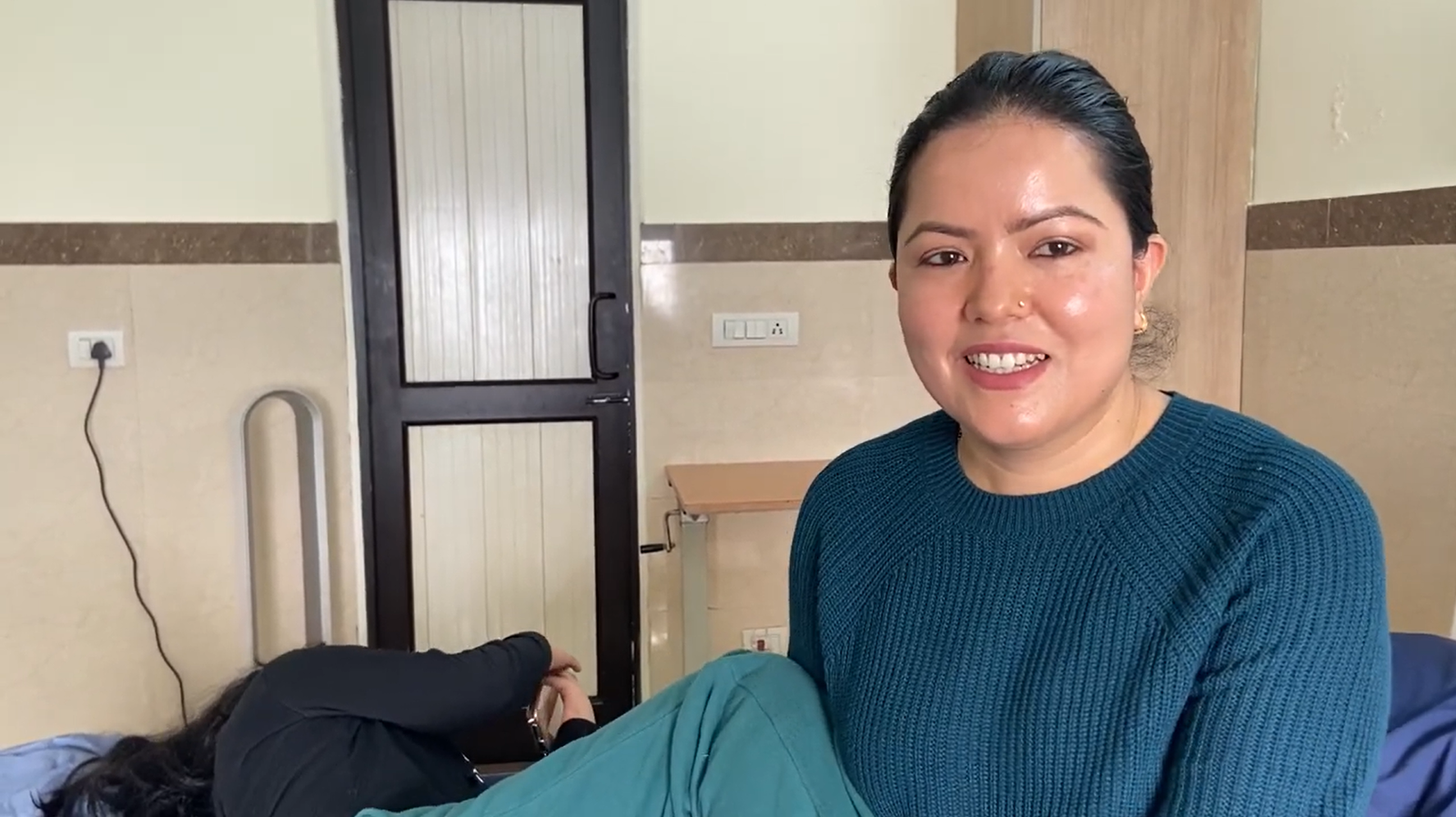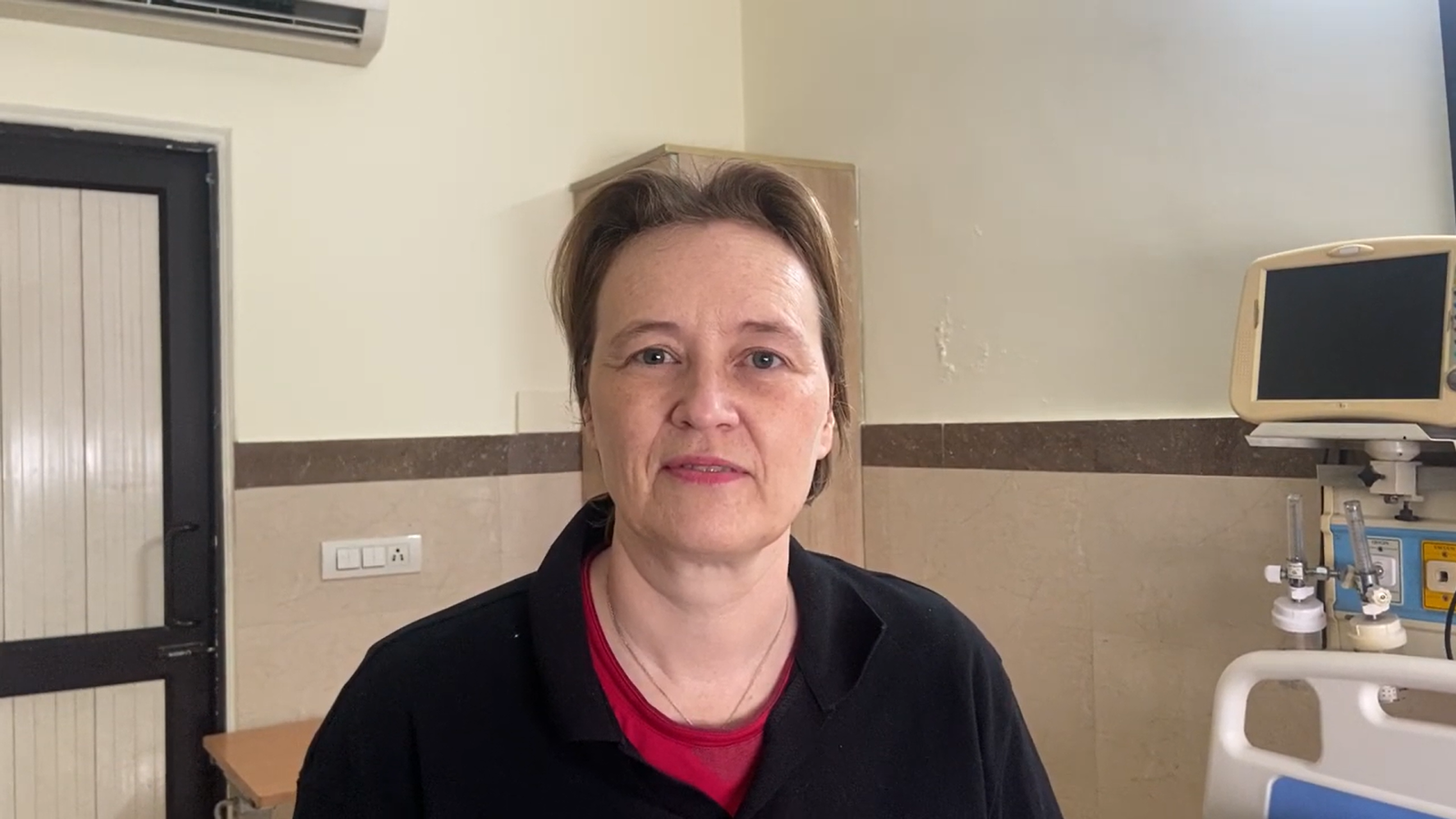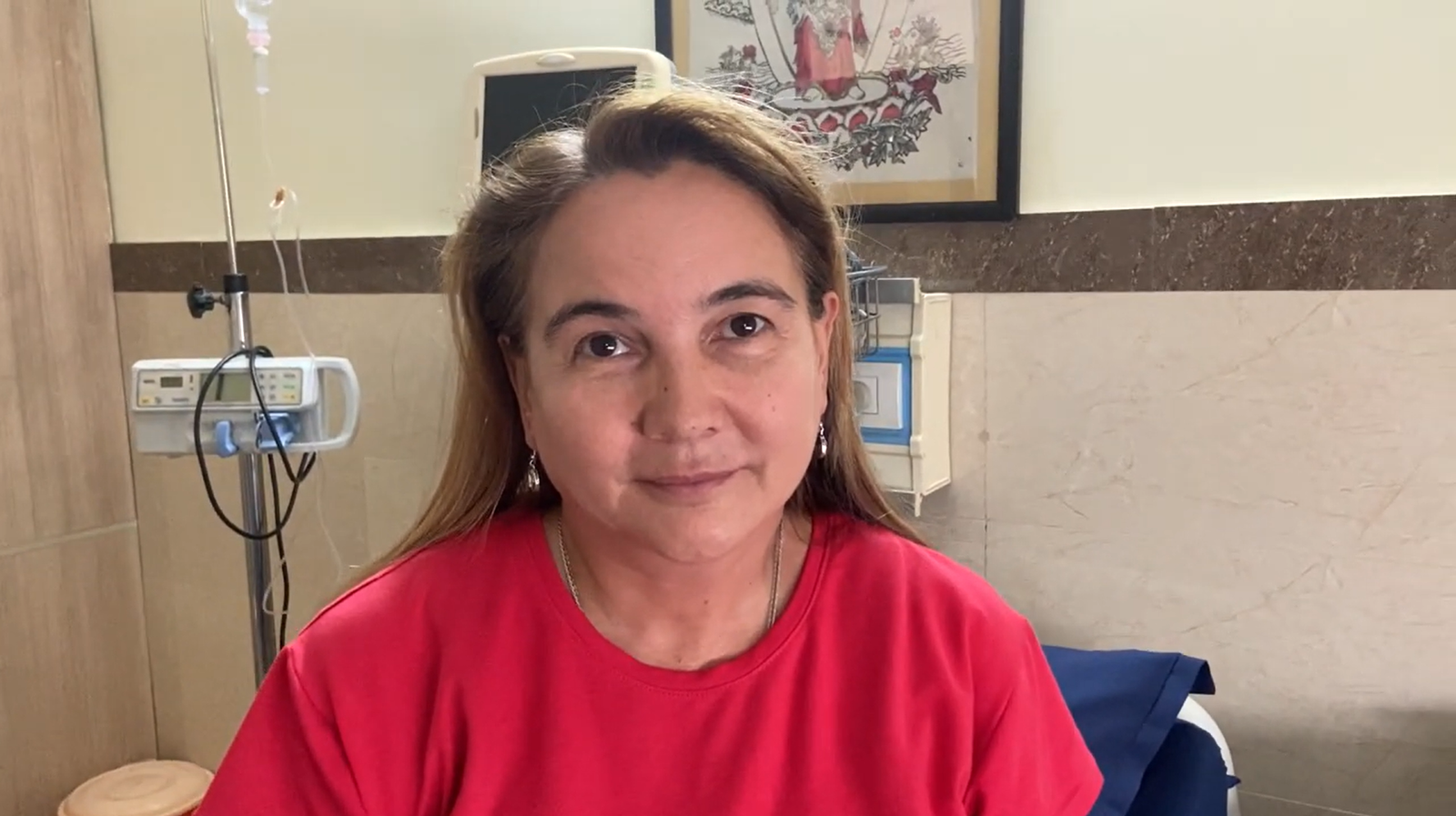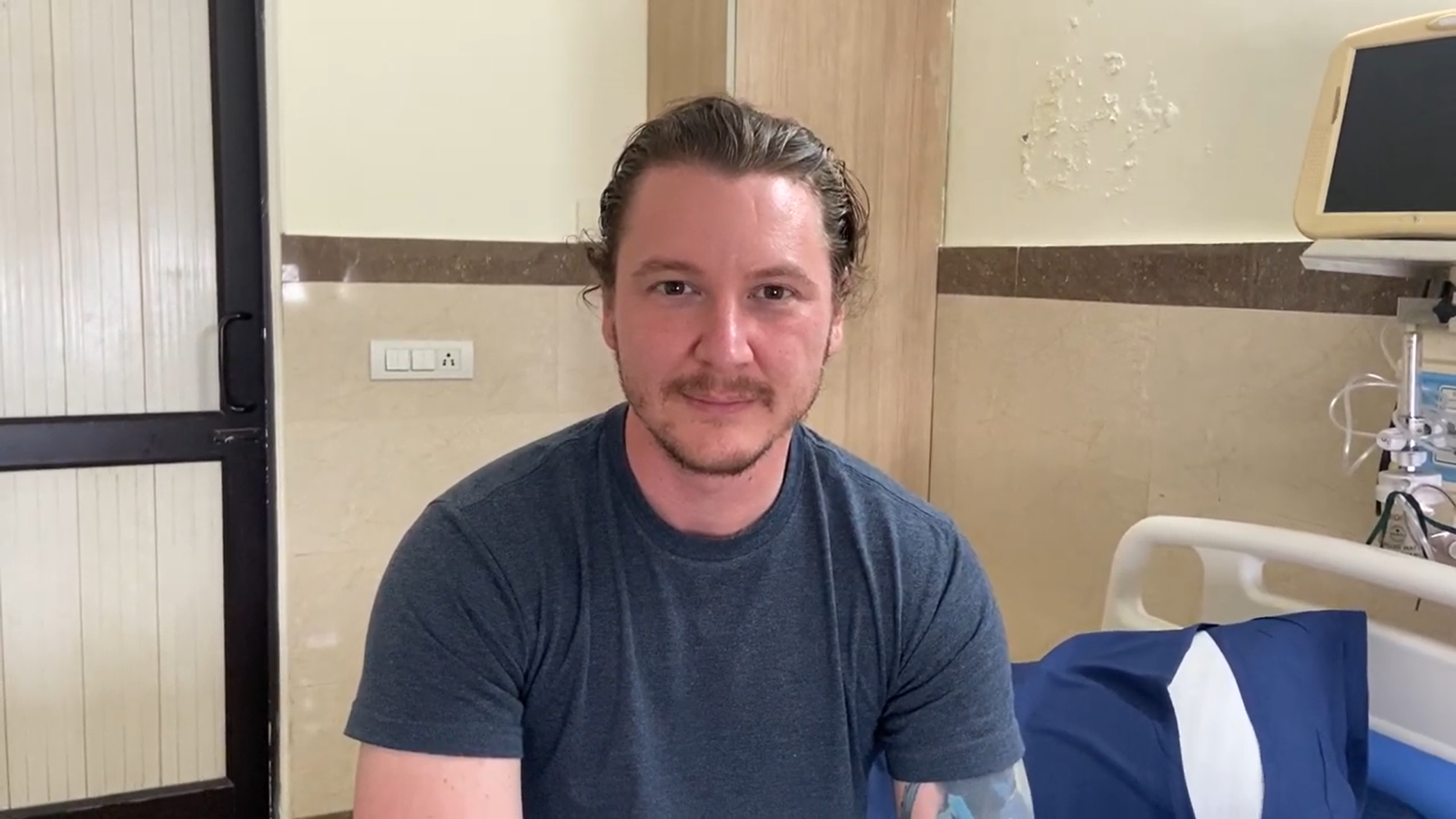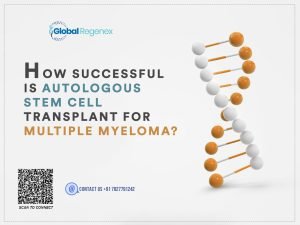
Autologous stem cell transplant is the most significant plasma cell attack that diagnoses blood cancer called multiple myeloma. Many patients and caregivers are confused about whether using the treatment for multiple myeloma is a good decision or not, so let’s go through some facts that may provide better knowledge on how ASCT stem cell treatment impacts normal life for those patients and what the level of success achieved.
What is Autologous Stem Cell Transplant?
A high dose of chemotherapy due to the required treatment would necessitate the process of autologous stem cell transplant, whereby a patient’s stem cells replace the damaged bone marrow; it resets the production of healthy red blood cells, white blood cells, and platelets. The patient’s prechemotherapy stem cells are harvested, stored, and subsequently reinstated following treatment. After chemotherapy has impaired the bone marrow by killing the cancerous cells, autologous stem cell transplants recover healthy blood cell production in multiple myeloma patients. This therefore enhances general health and recovery.
How Does Multiple Myeloma Benefit from Stem Cell Therapy?
There are two parts of stem cell therapy that go into treating multiple myeloma:
- High-Dose Chemotherapy Support: In many cases, the chemotherapy administered to attack myeloma cells damages the bone marrow. The infusion of stem cells following treatment helps the bone marrow to repair itself more rapidly and to maintain normal blood production.
- Long-term Remission Periods: Patients are more likely to have longer periods of remission after undergoing autologous stem cell transplants. This reduces the pace of disease progression and improves the overall survival rate.
Success of Multiple Myeloma Autologous Stem Cell Transplant
A number of individual factors influence the success of ASCT, for example, age, general condition, and stage of multiple myeloma. On the contrary, a number of research studies and clinical trials indicate optimism:
Extended Survival: It has been seen that ASCT significantly improves survival in comparison to standard treatments. A number of patients are able to achieve progression-free survival of two to three years after the transplantation, and some even more.
Better Quality of Life: After the treatment of ASCT, patients regularly complement their much improved physical as well as psychological condition. Such therapy, through the reduction in the frequencies of treatments, relieved them from hectic chemotherapy.
Deeper Treatment Outcome: Alongside maintenance drugs as well as other targeted therapies, ASCT ensures that patients undergo deeper results, which include MRD negativity. Patients achieve such a negative status when they do not even have a cancerous cell that can be detected.
Eligible for stem cell transplant?
A person’s eligibility for an autologous stem cell transplant is determined by the type and stage of the disease, general health, and special medical requirements. The following are general factors:
- Type of Disease: ASCT is commonly utilized in diseases like lymphomas, multiple myeloma, and some forms of leukemia.
- Stage of the Disease: Those individuals with responsive or early-stage diseases are often considered to be ideal candidates.
- General Health: Organ function and performance are of the utmost importance.
- Previous Treatments: Eligibility may be influenced by the results of previous treatments as well as the absence of significant residual disease.
It all depends on having a doctor such as Global Regenex who can understand your specific situation and provide advice appropriate to your situation.
The Bottom Line
A successful and increased survival rate with quality life is achieved in autologous stem cell transplantation for multiple myeloma by restoring normal blood cell production. Even though there are factors individually influencing its success, research does show promising results. Eligibility is decided based on the kind, stage, and general health of the disease. Contact Global Regenex for individualized guidance on ASCT suitability and potential advantages.

